Grow Anywhere: Essential Tips for Thriving Indoor Gardening Spaces
This post may contain affiliate links which might earn us money. Please read my Disclosure and Privacy policies hereEmbarking on indoor gardening can be as rewarding as it is challenging. This guide serves as your straightforward roadmap to a thriving indoor garden, simplifying the process from plant selection to effective lighting and watering practices. No frills, just the key elements you need to bring the serenity of nature into your home and keep it flourishing.
Key Takeaways
- Indoor gardening offers an accessible way to cultivate a variety of plants inside, with considerations like lighting and temperature being critical for plant health.
- Technological advancements like smart gardens, hydroponic systems, and LED grow lights can significantly simplify and enhance indoor gardening efforts.
- Regular care, such as appropriate watering and monitoring for pests, along with managing light and nutrients, is essential to maintain a healthy and fruitful indoor garden.
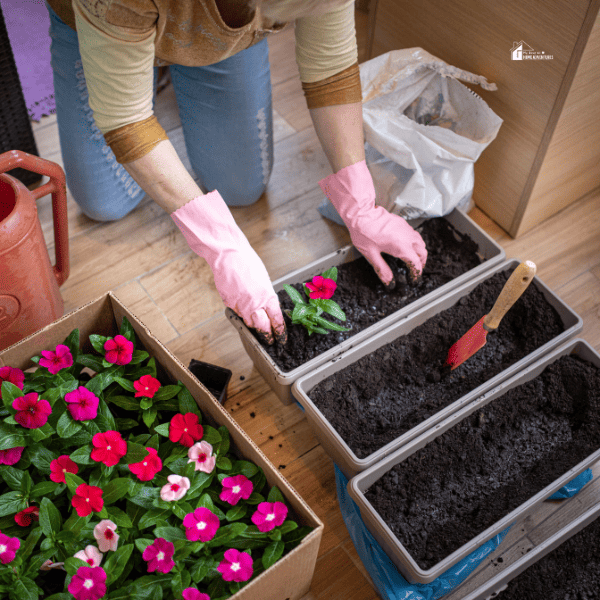
Creating Your Indoor Garden Oasis
Indoor gardening affords the pleasure of nurturing a wide range of typically outdoor plants within the comfort of your home. It could be your private oasis of peace and tranquillity, a source of fresh herbs for your culinary experiments, or a learning tool for young ones. But, be mindful of the factors that can cause indoor plants die, such as overwatering, inadequate light, or improper temperature and humidity levels.
There are two main ways to approach indoor gardening. You have the option to either create your own setup or utilize smart gardening kits that largely automate the gardening process. Either option allows for plant growth and the enjoyment of indoor gardening benefits. Prepare to delve into this gardening journey, whether you prefer getting your hands dirty or opt for hydroponics.
Choosing the Right Space
So, you’ve decided to take the leap and start an indoor garden. Wondering where to begin? The initial step involves selecting an ideal spot. Light is a major factor in this decision. While you might be tempted to place your plants by the most beautiful part of your home, you must remember that light is food for plants.
Guaranteeing that your indoor garden space receives the optimal light for your plants involves using a light meter or simply tracking the intensity and duration of natural light throughout the day. This will help you grow fresh herbs and other plants successfully.
The next factor to consider is the temperature. Most indoor plants thrive in temperatures between 60-80°F during the day, and a cozy 60-68°F at night, which is perfect for most common indoor plants to thrive. Then there’s humidity. Maintaining the correct humidity level can help plants regulate water loss through their leaves.
Higher humidity can support the growth of most non-succulent plants by minimizing water loss. So, the right space for your indoor garden would ideally have ample light, be in the right temperature range, and have an appropriate level of humidity.
Setting Up Your Indoor Garden
After finding the ideal space, the subsequent step involves establishing your indoor garden. The first thing on your list would be suitable containers. A great option for low-maintenance care is a terrarium. This offers an excellent platform to feature beautiful humidity-loving plants within your indoor space. When choosing one, focus on finding the perfect size and a reasonable price.
Choosing an appropriate growing medium is vital. A great growing medium should stay loose and drain well, while also holding enough organic matter to nourish the plants and retain moisture. A loose, well-drained potting mix made of peat moss, vermiculite, and perlite can create the ideal growing environment for your indoor garden.
Now that you know the basics of setting up your garden, let’s delve a little deeper into the science of indoor plant growth.
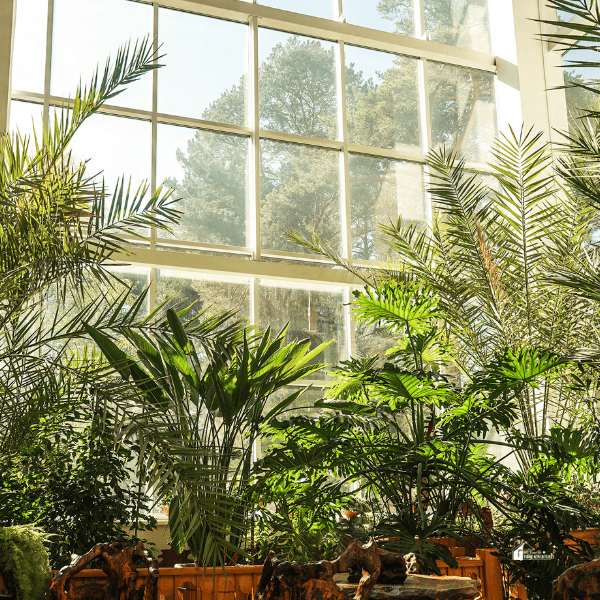
The Science of Indoor Plant Growth
Merely providing your plants with water and sunlight is insufficient to be a successful indoor gardener. You need to understand the science behind how plants grow. This includes knowing about photosynthesis and the role of light in plant growth, as well as understanding how a plant’s roots absorb nutrients and how they contribute to the plant’s overall growth.
Leaves are crucial to a plant’s health and needs, converting light into energy and signaling various requirements through their appearance. Observing the leaves can provide valuable insight into whether a plant is receiving the necessary resources and care. Once you grasp these basic principles, you’re well on your way to becoming a master indoor gardener.
Let’s examine two critical aspects of indoor plant growth more closely: photosynthesis and nutrient uptake.
Photosynthesis and Light
You’ve probably heard of photosynthesis, the process by which plants convert light into energy. But did you know that the amount and type of light your plants receive can significantly affect their growth?
That’s right, light plays a crucial role in supporting indoor plants by driving photosynthesis, the process that enables plants to produce energy and go through important growth stages like flowering and fruiting. With the right amount of light, plants can thrive, avoiding challenges such as weak growth and insufficient flowering or fruiting.
What steps can you take to ensure your plants receive an adequate amount of light? Well, you could use natural sunlight, but in an indoor setting, this might not always be possible. LED grow lights come into play here.
These specially designed lights provide the exact wavelengths of light that plants need for growth, making them just as effective as natural sunlight. These are a fundamental tool for every indoor gardener.
Nutrient Uptake and Soil
Beyond light, plants require nutrients for growth. These nutrients are absorbed from the soil by the plant’s roots through a process known as nutrient uptake. During this process, plant roots actively take up nutrients from the soil as they absorb water. As the roots support transpiration by absorbing water, they also move nutrients into the plant.
To ensure your plants receive the necessary nutrients, you need to provide them with the right soil and fertilizers. Indoor plants thrive when they receive essential nutrients such as:
- Nitrogen (N)
- Phosphorus (P)
- Potassium (K)
- Micronutrients
These nutrients are essential for the growth and health of your nutrients plants.
Having covered the fundamentals of indoor plant growth, we now transition to the selection and care of your indoor plants.
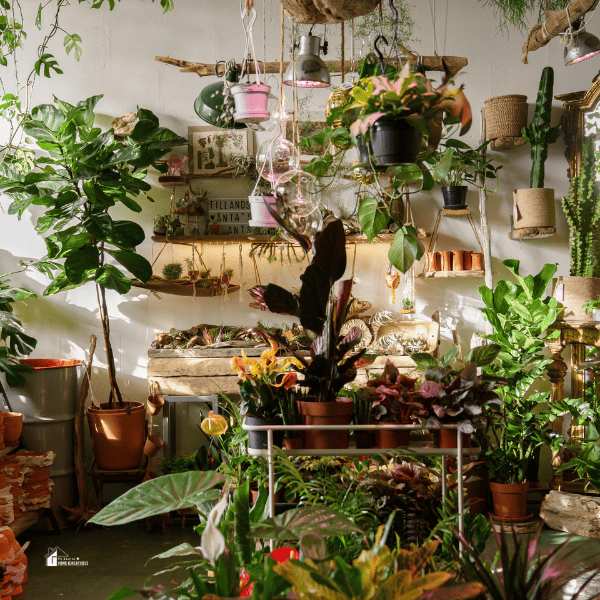
Selecting and Caring for Indoor Plants
When it comes to indoor gardening, choosing the right plants is half the battle. Selecting plants for an indoor garden requires considering their light, humidity, and watering needs. Additionally, you should check if a plant can grow from seed indoors, as some plants may have specific growth requirements making them more suited to certain locations, such as bright windows for indoor trees.
With your plants chosen, the next step involves caring for them. To keep your indoor plants healthy and thriving, you should water them regularly, typically once or twice a week in the spring and summer, and less frequently during the cooler months.
It’s important to keep the potting soil moist but not overly wet to support their growth and health. Let’s explore in more depth the processes of selection and care for your indoor plants.
Picking the Perfect Plants
Choosing the ideal plants for your indoor garden can seem overwhelming, given the array of options. But fear not, I've got you covered. Some of the best indoor plants for low light conditions include:
- Large snake black coral
- Rabbit foot fern
- Ivy
- ZZ plant
- Bromeliad guzmania
When choosing plants, consider their temperature requirements. Foliage indoor plants, for example, grow best between 70° and 80°F during the day and from 60° to 68°F at night. Most house plants thrive between temperatures of 60 – 75°F (15 – 24°), offering plenty of options for creating a healthy indoor environment.
Essential Plant Care Tips
With your plants chosen, the next step involves caring for them. Proper watering is key to keeping your indoor plants healthy. The best way to water indoor plants is to thoroughly soak the soil until water flows out the bottom of the pot into the saucer.
Fertilizer is another crucial aspect of plant care. You have the option to choose between organic fertilizers and hydroponic nutrients for fertilizing your indoor plants, giving you the opportunity to find the best fit. Additionally, using room temperature water for watering will help in ensuring the well-being of the plant’s roots.
Now that you’ve chosen your plants and learned how to care for them, let’s move on to harnessing technology for indoor gardening success.
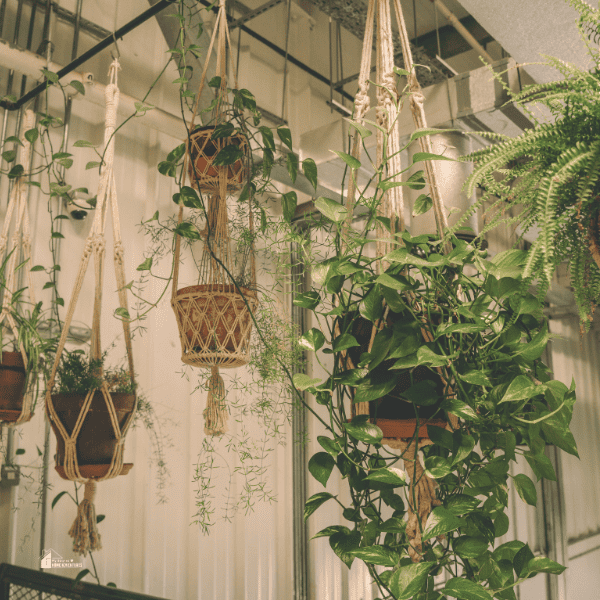
Harnessing Technology for Indoor Gardening Success
Indoor gardening has come a long way since the days of simply placing a potted plant by a sunny window. Today, we have a range of technologies at our disposal that can help optimize plant growth and make indoor gardening a breeze. Some of these technologies include:
- Smart gardens
- Hydroponic systems
- LED grow lights
- Timers
Technology has revolutionized the way we use indoor garden systems, including the indoor gardening system, to garden indoors.
Take smart gardens, for example. These smart garden indoor gardening kits are equipped with self-watering systems and LED grow lights that make plant growth virtually effortless. They are available in various sizes tailored for growing a variety of produce, from herbs to lettuces.
Let’s delve further into the realm of smart gardens and hydroponic systems.
Smart Gardens and Hydroponic Systems
Smart gardens and hydroponic systems are a boon for the modern indoor gardener. These systems take the guesswork out of gardening by directly providing nutrients to plant roots in a water-based solution, allowing for consistent and readily available nourishment. It’s truly fascinating how plants can flourish in water instead of soil.
For instance, systems like the Rise Gardens Single Family Garden offer the following features:
- Only need a space of 36” by 16”
- Have the capacity to grow up to 12 plants at a time
- Offer the flexibility to expand by adding levels to accommodate varying gardening needs and scales.
LED Grow Lights and Timers
Lighting is one of the most critical aspects of indoor gardening. Without proper lighting, your plants won’t be able to perform photosynthesis and grow. That’s where LED grow lights come in. These lights are designed to provide the exact wavelengths of light that plants need for growth, making them just as effective as natural sunlight.
Merely switching on the lights and leaving them on all day is not sufficient. Plants also need periods of darkness to grow properly. That’s where timers come in. By setting timers for your grow lights, you can ensure that your plants receive the right amount of light and dark periods, mimicking the natural day-night cycle.
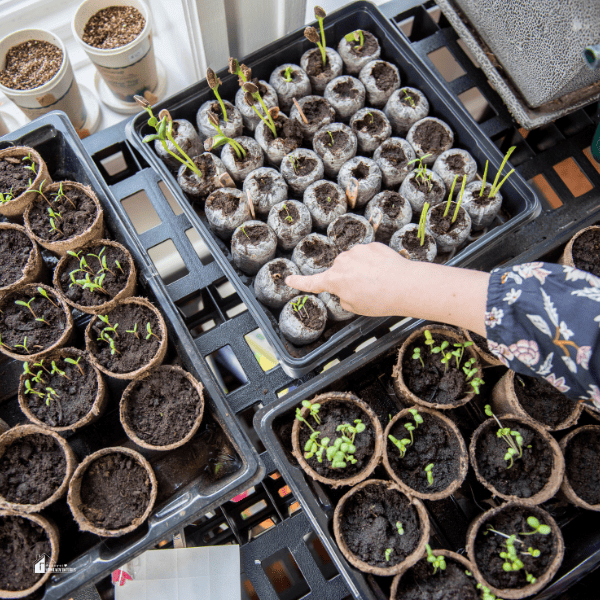
Cultivating a Bountiful Indoor Harvest
With your indoor garden set up and your plants selected, the exciting part begins – watching them grow! With the right care, you can cultivate a bountiful harvest right in your own home. From fresh herbs to leafy greens, and even fruits and vegetables, you can grow a plethora of produce indoors by simply starting with plant seeds.
The key to a successful indoor harvest is providing your plants with the right conditions. Here are some essential factors to consider for a thriving indoor crop cultivation:
- Proper light
- Appropriate temperature
- Humidity control
- Adequate water
- Nutrition
- Suitable soil
Let’s delve more specifically into the indoor cultivation of plants indoors, including herbs, greens, and even fruits and vegetables.
Growing Herbs and Greens
Herbs and greens are a great choice for indoor gardening. They typically require less space and light than other plants, making them ideal for indoor conditions. Plus, they’re perfect for adding fresh flavor to your meals!
Here are some herbs that are perfect for indoor cultivation throughout the year:
- Parsley
- Basil
- Thyme
- Oregano
- Mint
- Chives
- Sage
- Rosemary
To grow herbs and greens indoors, you need to provide them with the right amount of light. They usually require at least six to eight hours of bright light each day. Indoor potting mix is the perfect choice for growing herbs and greens indoors as it ensures excellent drainage and promotes healthy root growth and aeration.
Indoor Fruit and Vegetable Gardening
While herbs and greens are relatively easy to grow indoors, fruits and vegetables can be a bit more challenging. But it’s definitely possible with the right conditions, plant varieties, and care. You can grow an incredible variety of fruits and vegetables indoors, including:
- Baby greens like lettuce, arugula, basil, spinach, chard, and red mustard
- Microgreens like radish, broccoli, lettuce, mustard greens, and peas
- Fruits like strawberries and bananas
Establishing the ideal conditions for indoor fruit and vegetable gardening is straightforward. Simply:
- Choose an indoor space with good light or add an additional light source.
- Maintain temperatures between 70-72 °F for most plants, while leafy greens prefer between 55 to 70˚F.
- Avoid cold, drafty spaces and heat vents to prevent stress on the plants.
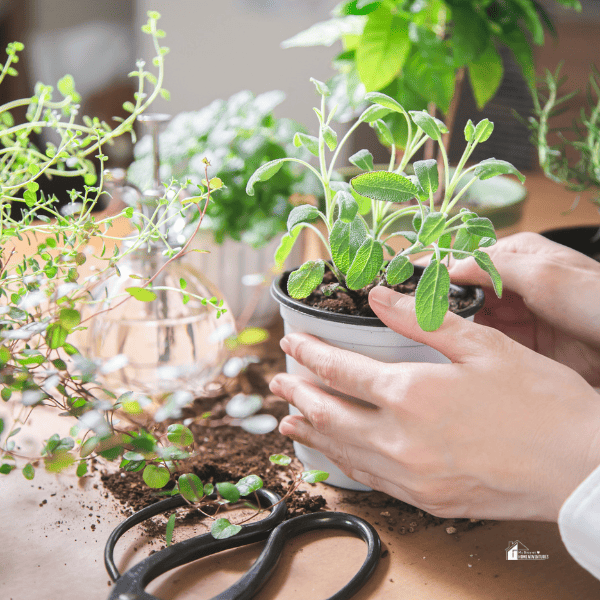
Troubleshooting Common Indoor Gardening Issues
As with any hobby, indoor gardening presents its own unique set of challenges. From lighting issues to pest infestations, it’s not always smooth sailing. But don’t worry, most of these issues are easily resolved with a bit of knowledge and care.
Here are some common challenges you may encounter with indoor gardening:
- Lighting issues
- Temperature control
- Humidity levels
- Watering and fertilizing
- Pest infestations
Regular monitoring plays a crucial role in ensuring the health and well-being of indoor gardens by allowing early detection and prevention of plant problems and pests.
Overwatering is among the most common challenges. As indoor gardeners, it’s easy to assume that more water is better. But too much water can lead to root rot and other issues. It’s important to water your plants just enough to keep the soil moist but not waterlogged.
Let’s now examine some specific indoor gardening challenges and strategies to surmount them.
Overcoming Lighting Challenges
A common challenge in indoor gardening is ensuring sufficient light provision. While natural sunlight is the best source of light for plants, it’s not always available in an indoor setting. This is when supplemental lighting becomes crucial. LED grow lights, for instance, can provide the exact wavelengths of light that plants need for growth, making them just as effective as natural sunlight.
To maximize the benefits of LED grow lights, they should be positioned carefully at a distance of 14 to 30 inches above the plants to ensure optimal light exposure without harming the plants with excessive heat. Simulating natural sunlight by cycling the grow lights on and off can also be beneficial.
Preventing and Managing Pests
Pests represent another frequent issue in indoor gardening. Some common pests that indoor gardeners may encounter include:
- Aphids
- Thrips
- Mealybugs
- Spider mites
- Scale
- Whitefly
- Fungus gnats
But don’t worry, there are many ways to prevent and manage pests in your indoor garden.
Regular monitoring is key. By keeping an eye on your plants, you can spot the first signs of a pest infestation and take action before it gets out of hand. There are also many environmentally friendly pest control methods available, from natural pest controls such as microbial insecticides and insecticidal soaps to physical barriers and natural repellents.
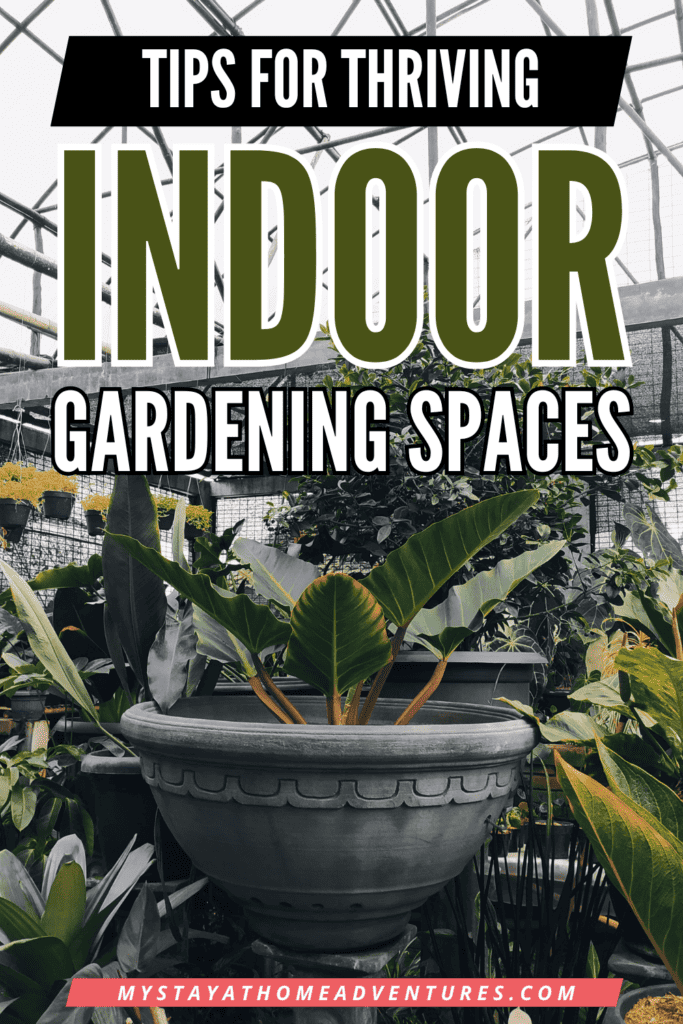
Summary
Indoor gardening is a rewarding hobby that anyone can enjoy, regardless of whether they have an outdoor space or not. From selecting the right space and setting up your garden to understanding the science of plant growth and selecting and caring for your plants, indoor gardening involves a blend of science, art, and a dash of passion.
With modern technology like smart gardens and LED grow lights, growing plants indoors has never been easier. So, why not start your indoor gardening journey today? After all, there’s nothing quite like the joy of nurturing a seed into a thriving plant and reaping the rewards of your labor.
Frequently Asked Questions
How do you garden indoors in a house?
You can garden indoors by selecting a suitable space, using practical containers and high-quality potting mix, considering growing in water, and maintaining proper watering, feeding, and pest control. Give it a try and enjoy your indoor garden!
What do I need for indoor gardening?
For indoor gardening, you'll need a sunny window or a grow light, a shallow container with drainage holes, organic potting soil, seeds, and a mister or watering can for maintenance. Happy gardening!
What vegetables can you grow completely indoors?
You can grow root vegetables like carrots, beets, and radishes, as well as greens like spinach, Swiss chard, and lettuces completely indoors. Additionally, fresh herbs such as parsley, cilantro, oregano, mint, and thyme can thrive indoors, adding both flavor to your dishes and charm to your kitchen.
What are some good plants for indoor gardening?
Consider adding large snake black coral, rabbit foot fern, ivy, ZZ plant, and bromeliad guzmania to your indoor garden, as they thrive in low light conditions. Happy gardening!
How do I ensure my plants get enough light?
To ensure your plants get enough light, place them near a window with good sunlight or use LED grow lights for the exact wavelengths of light needed for growth. Happy gardening!

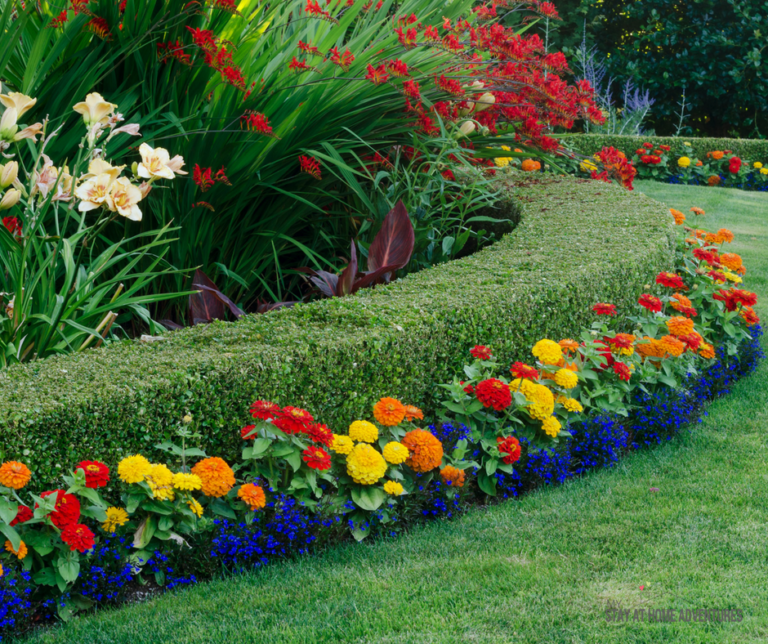
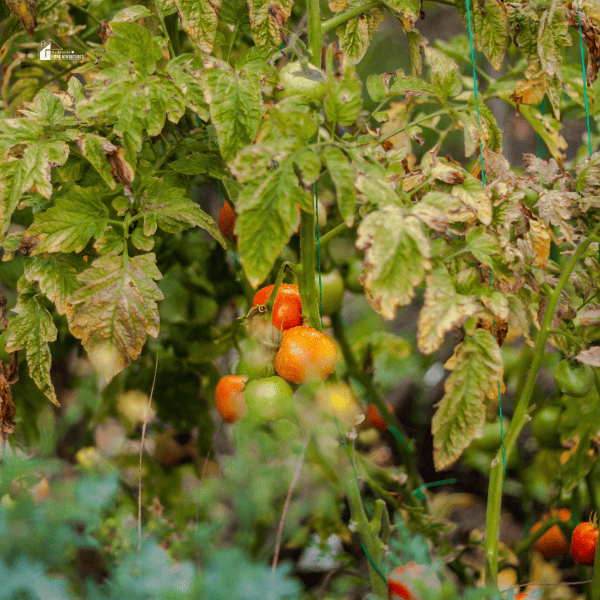
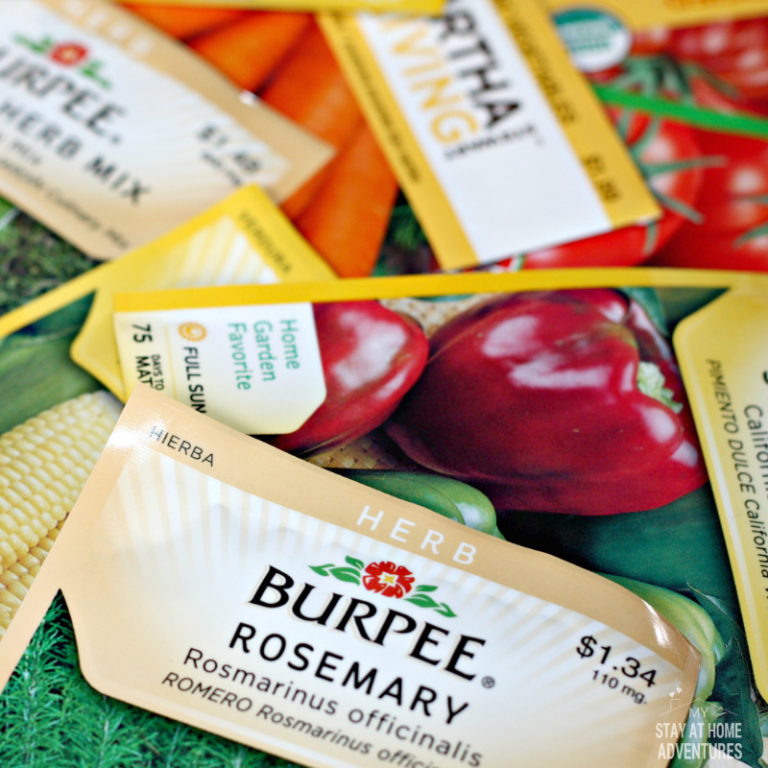
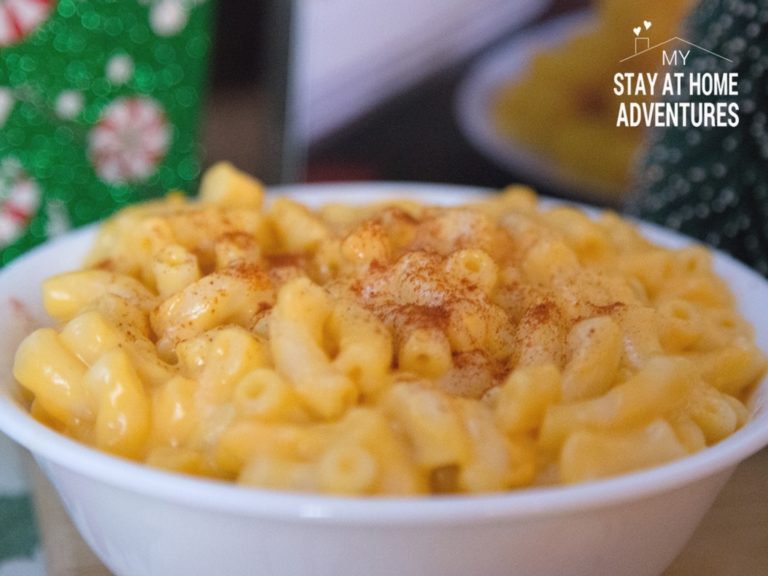
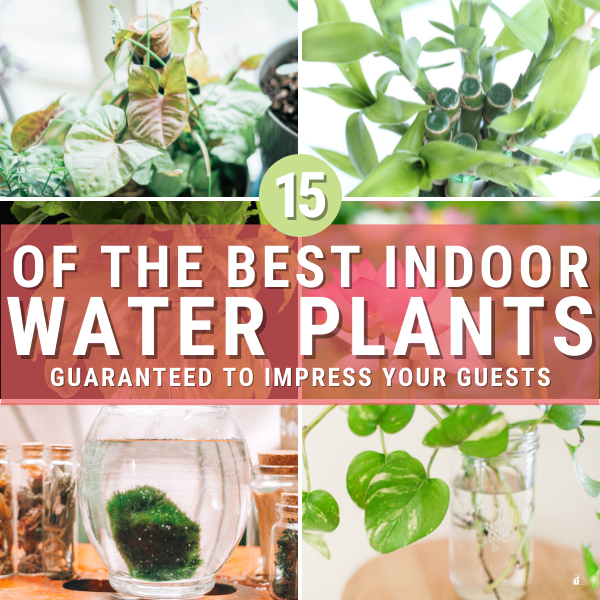
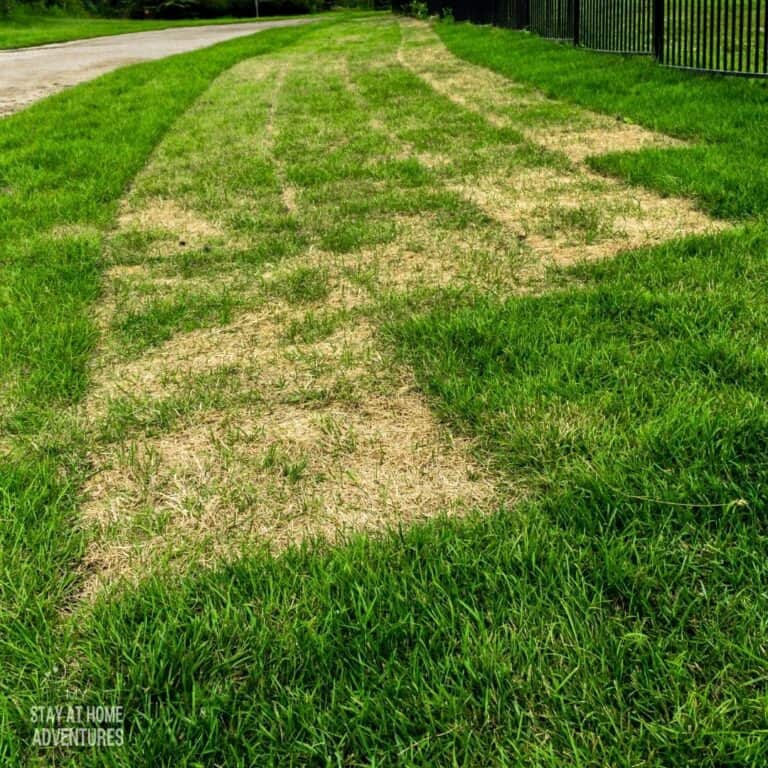
14 Comments